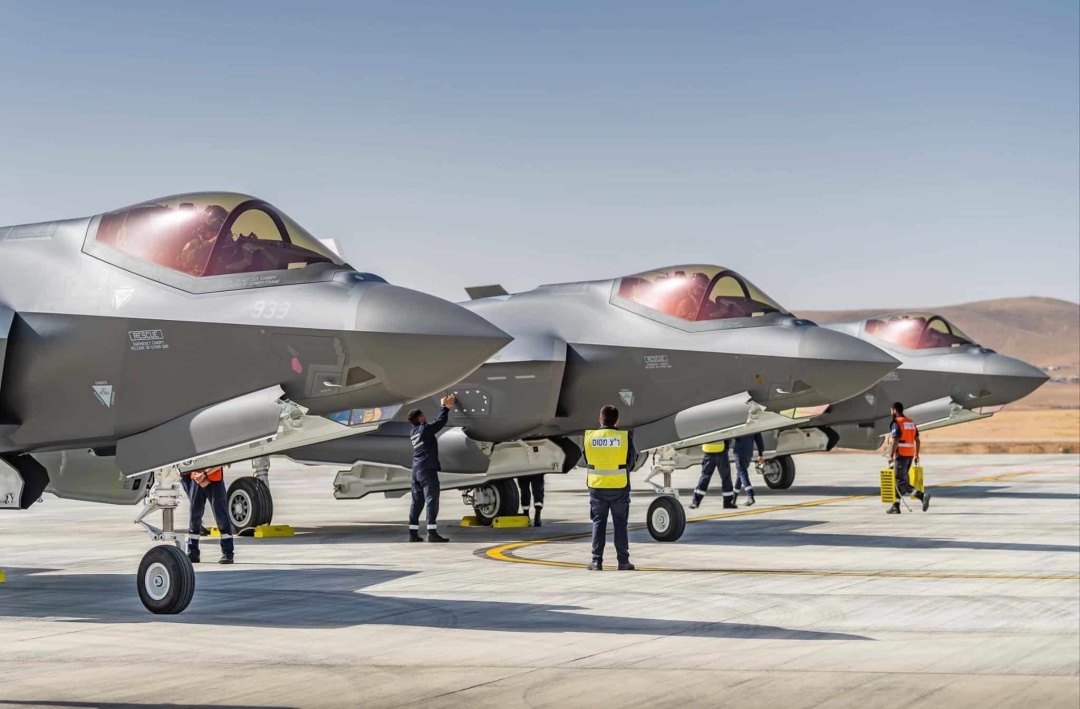P. K. Balachandran
The Maldivian parliamentary elections due to be held on April 21 differ from those held in the recent past in a striking way. This time around, there is no party or leader that the voters can bet on.
Parties in the fray have either split or are faction-ridden. There are no towering leaders who can set appealing agendas and inspire voters to support them. There are no over-riding issues firing the imagination of the people and stirring political action.
Observers say that there is ennui among the voters, a palpable sense of fatigue, as successive governments have failed to give the people a stable, well-thought-out and realistic policies.
Dr. Mohamad Muizzu won the Maldivian Presidency in October 2023 convincingly on a platform promising to throw off the yoke of Indian domination and look to China for support.
But he has been unable to translate his ideas into action.
Months after this stinging statements against India, Muizzu had to eat his words, seek Indian economic cooperation and woo Indian tourists, who were boycotting Maldives because of his pro-China tilt and his vituperative comments on India.
No doubt, Maldivians did not like the Indian military presence (or for that matter any foreign military presence) in their midst. They supported Muizzu’s call for the removal of the Indian military. But they did not approve of his call for the wholesale alienation of India and casting the lot entirely with China.
The Maldivians have close historical and people-to-people ties with India, a kind of relationship they do not have with China or the Chinese. Maldivians highly appreciate the way the Chinese execute the projects they undertake, but they have little to share with the Chinese as a people or as a culture.





